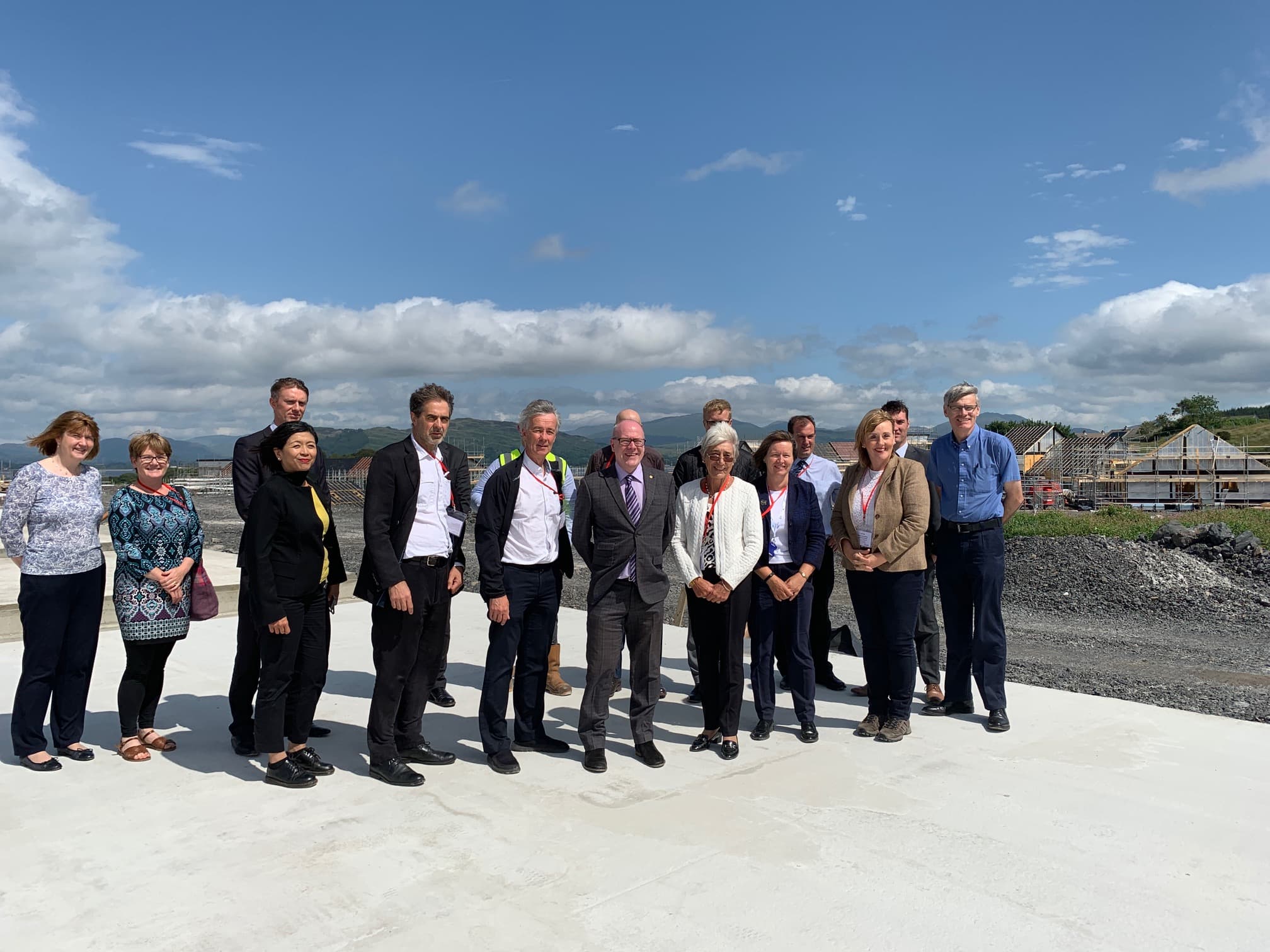As part of our work on Housing to 2040, we spoke to five people involved in recent affordable housing projects in Paisley and Dunbeg. Colin Culross is Director of Development and Asset Management at Link Housing Association. Here he talks about getting the right people in the room to move the project forward, consulting the community and hiring local suppliers.
Link came to the Dunbeg project through a development-led partnership with West Highland Housing Association (WHHA), a registered social landlord in the Oban area. Argyll and Bute Council had identified that a lack of good-quality, affordable homes was driving depopulation in the Oban area. WHHA had teed up the acquisition of the site with a land option. But due to its scale, it needed support to pursue the detailed masterplanning and delivery. Through the partnership working process, WHHA eventually became a subsidiary of the Link Group and would manage the homes when built.
This was to be the largest programme of its kind in Argyll and Bute for some time. The full masterplan will deliver a total of 850 units or so, and will also include a significant commercial area as part of phase four. Our first task was bringing the Dunbeg Development Corridor proposal to life for Argyll and Bute Council, so they could see the full spectrum of benefits. Those benefits are not just in providing homes, but in growing the existing community, creating employment opportunities, and stimulating economic growth. The wider Dunbeg corridor masterplan potentially offers so much more than just housing.
Partnership approach
The only way to move the project forward was to get the right people in the room. A partnership approach was key. We established a strategic operational working group that brought together councillors with an interest in the area, and senior council officers from relevant departments. This was so that decisions could be made within a fairly short timeline. A project of this scale has many moving parts requiring input from multiple strategic partners, especially in getting basic infrastructure into this rural setting.
We had to be respectful of the environment and landscape, and develop a masterplan that would be in tune with it. That is why we chose to work with Elder & Cannon and Gillespies to develop the overall masterplan and the detailed design for phase three. They really ‘got’ the fact that the landscape would play a big part in the design.
The landscape seemed to lead the design and build of the development. The design sees homes nestling within the form of the landscape, in little clusters connected by pedestrian-friendly roads and footpaths. It gives it a really nice rural feel. This is placemaking that is mindful of the rural environment and community.
For us as a client and a developer, being led by the landscape in this way was a real change in approach. Most of our housing is in urban settings where the aim is to maximise the build on the available land. While we do pay a lot of attention to the importance of the public realm, it is within the context of the housing. At Dunbeg, this is almost reversed: the housing is in the context of the landscape.
Housing to 2040
In 2019, the Scottish Government looked at what Scotland’s homes and communities should look and feel like in 2040, and the options and choices to get there. We supported the Housing to 2040 consultation with a series of workshops, interviews and a travelling exhibition.
Headline image: Kevin McGlynn

